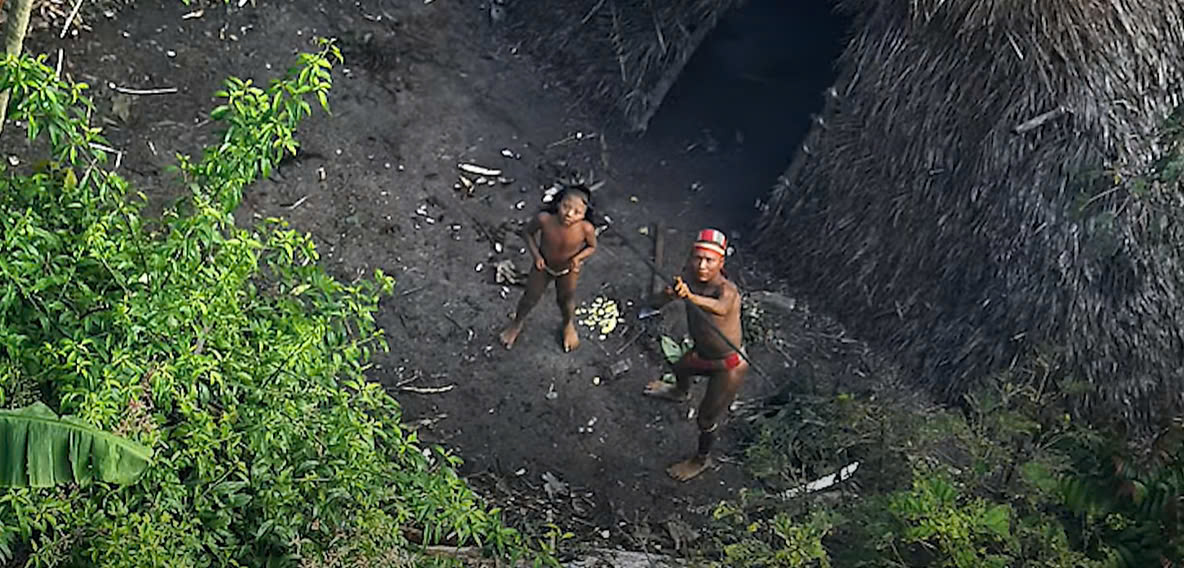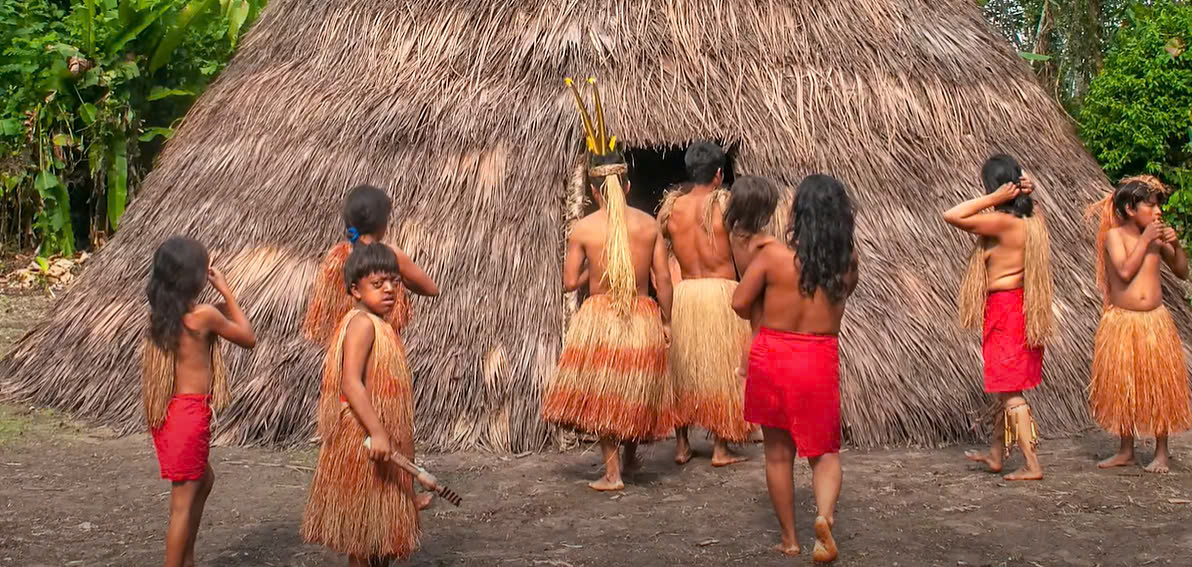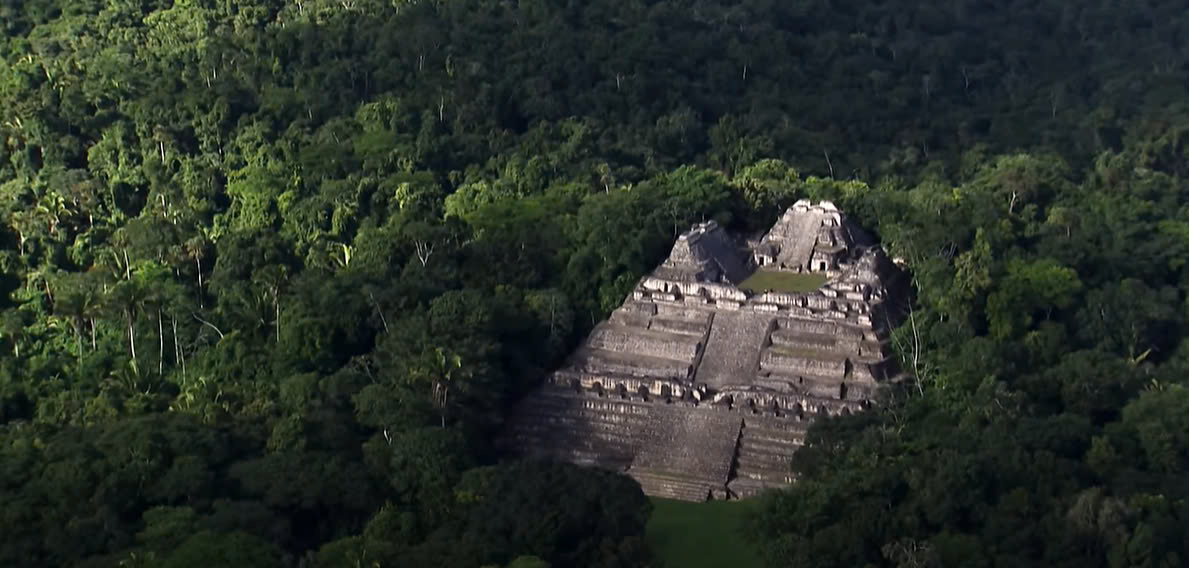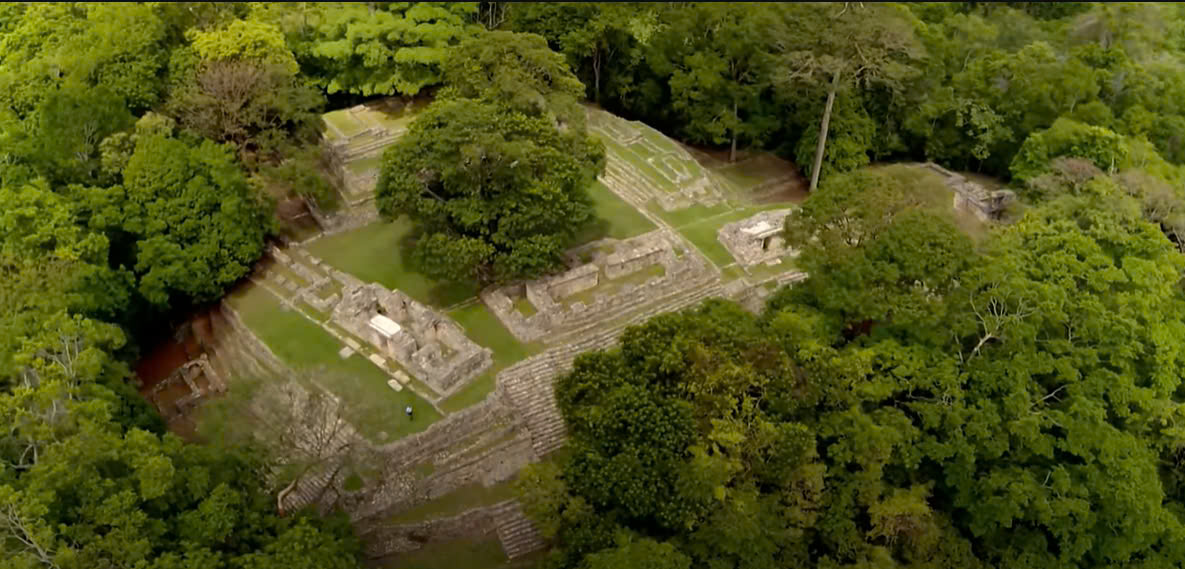What’s Hidden Under the Trees of the Amazon Rainforest?

The Amazon rainforest is one of the most mysterious places on Earth, covering around 6 million square kilometers, mostly in Brazil, but also stretching into Peru, Colombia, and several other South American countries. Despite its vastness, it is sparsely populated, with only about 30 million people living there. Manaus, a Brazilian city with over 2 million residents, is the largest urban center in the Amazon, but it’s highly isolated due to poor road infrastructure and reliance on river or air travel.
Historically, the Amazon was believed to be largely untouched by humans, with its poor soil making large-scale agriculture impossible. This view, supported by many scholars, led to the assumption that indigenous people lived only in small, hunter-gatherer groups. However, recent technological advances like LiDAR scanning have begun revealing evidence that challenges this long-held belief, suggesting that large, complex civilizations may have once thrived in the Amazon.
Nutrient-poor soil has always been a limiting factor in agriculture, but the Amazon’s ecosystem is sustained by minerals carried from the Sahara desert, specifically phosphorus. This supports the dense forest, though the nutrients are quickly washed away by rain. As a result, trees recycle these nutrients rapidly.
Despite its remoteness, the Amazon is home to many uncontacted tribes, who remain isolated by choice due to past negative encounters with outsiders. These groups, numbering around 10,000 people, have survived in the rainforest for centuries. The Amazon also played a significant role in global history, such as during the rubber boom, when European settlers exploited the region for its resources.

In the late 20th century, the Brazilian government attempted peaceful contact with Amazon tribes by setting up trading posts. However, these efforts often resulted in violence and spread diseases to the tribes, sometimes wiping out half of their population within weeks. This led to a shift in 1987, when Brazil’s Department of Unknown Tribes adopted a policy of avoiding contact unless initiated by the tribes themselves, akin to the “prime directive” in *Star Trek*.
The government also established over 700 indigenous territories, including the Vale do Javari, believed to host the highest concentration of uncontacted people globally. This area, the size of Portugal, is illegal for outsiders to enter and contains around 2,000 uncontacted individuals. These tribes are occasionally observed from the air, where striking photos have been captured.
The Vale do Javari is part of a larger uncontacted frontier spanning Brazil, Peru, and Bolivia, one of the world’s most remote regions. Recently, the Mashco Piro tribe, the largest uncontacted group, was photographed near an active logging company, raising concerns about their future.

Critics argue that reserving 13% of Brazil’s land for 0.4% of the population hinders economic growth, but proponents emphasize protecting indigenous rights and the Amazon’s biodiversity. The Amazon is the planet’s most biodiverse ecosystem, with millions of insect, plant, and animal species, many still undiscovered.
Recent discoveries include new species like a red-striped monkey, a blind red fish, and even a massive green anaconda found in 2024. However, deforestation threatens the extinction of species before they are even discovered. Some researchers believe that legends of mythical creatures, such as the giant ground sloth “Megatherium,” may be based on ancient oral traditions, though evidence remains elusive.
Beyond the biological mysteries, researchers continue to explore the Amazon’s archaeological past. In the 1970s, large-scale geoglyphs and settlement traces were found, hinting at advanced pre-Columbian civilizations once thriving in the region. These findings challenge long-held beliefs that the Amazon was always sparsely populated.
Research in the Yanos de Moos region of the Amazon in northern Bolivia has revealed dozens of isolated small villages, along with extensive pre-Colombian agriculture and forest management systems. However, due to the dense forest canopy and remote location, it was challenging to map and connect these sites until recently.

In 2022, a breakthrough came when archaeologists used LIDAR technology to map the area, revealing 26 unique archaeological sites, including pre-Colombian cities with monumental architecture such as pyramids and a complex water management system. These cities, believed to have been abandoned around 1400, demonstrate that dense, complex societies existed in the Amazon before European contact.

Similarly, in the Ecuadorian Amazon’s Apono Valley, LIDAR mapping revealed evidence of another ancient civilization, uncovering over 6,000 structures and roads that suggest a dense urbanized society. This civilization, which thrived between 500 BC and 600 AD, may have supported up to 100,000 people and rivaled other ancient civilizations in complexity. These discoveries challenge the long-held belief that the Amazon was sparsely populated, revealing that large civilizations once thrived there before being decimated by European diseases and violence.








